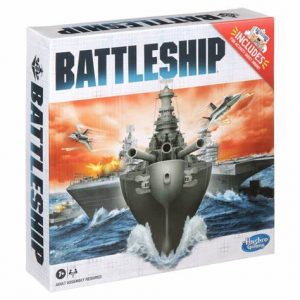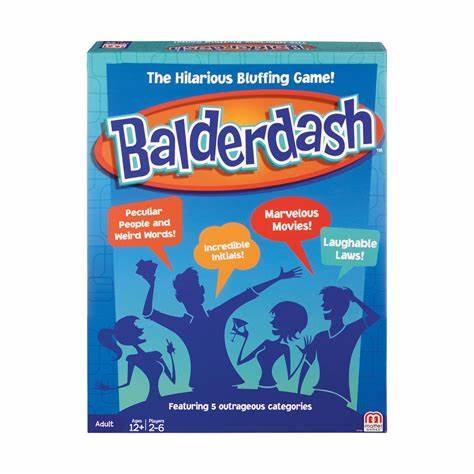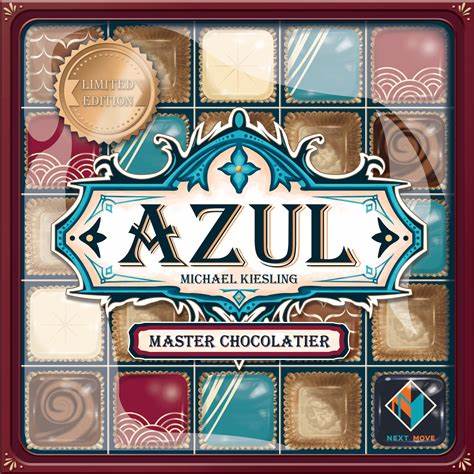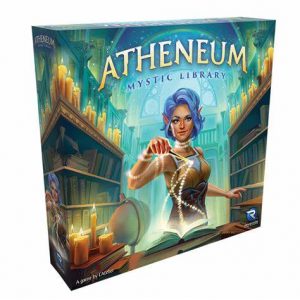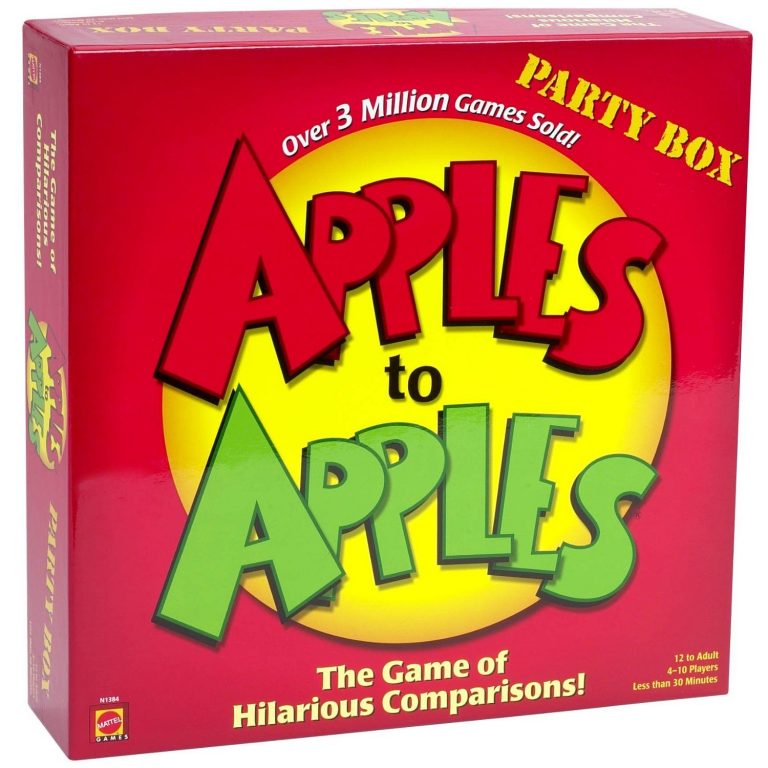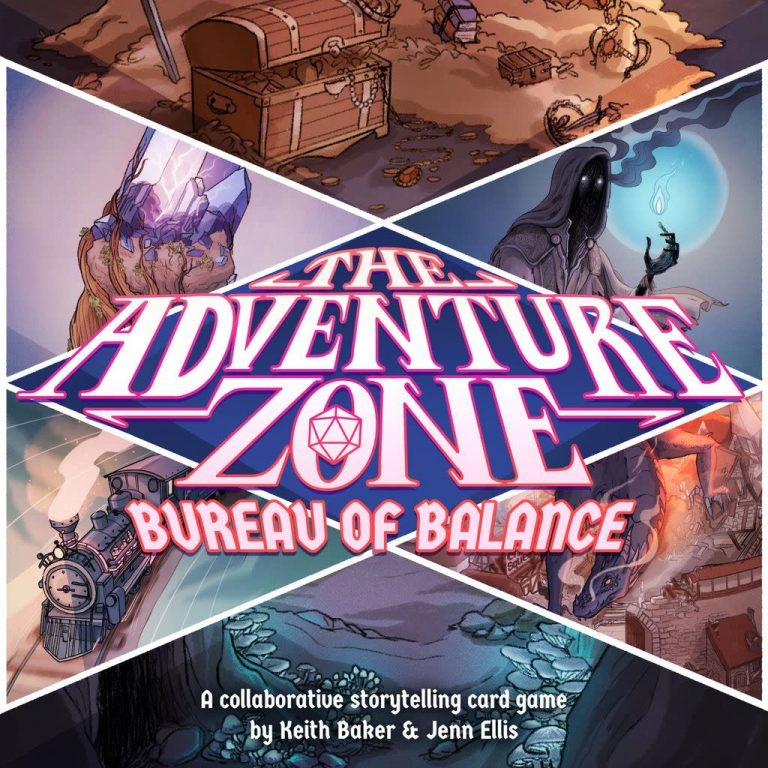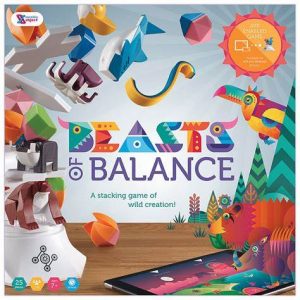
Beasts of Balance
Beasts of Balance is a game of strategy and balance in which you build a tower of animals on your tabletop, then help them evolve in a connected digital world.
A cooperative game for one to five players, the aim is to make the most fabulous world you can by strategically nurturing and evolving your creatures and casting skill-based miracles – before your tower collapses.
Players take turns to stack a set of beautifully made artifacts into a tower. As they’re placed they pop onto the connected device’s screen, where they’ll be seen to evolve and grow as players continue to make tactical choices over how they build.
Game Mechanics:
- Cooperative
- Dexterity
- Party Game
Game Specifications:
- 1 – 5 Players
- 15 – 30 Minutes
- Difficulty Weight 1.09
